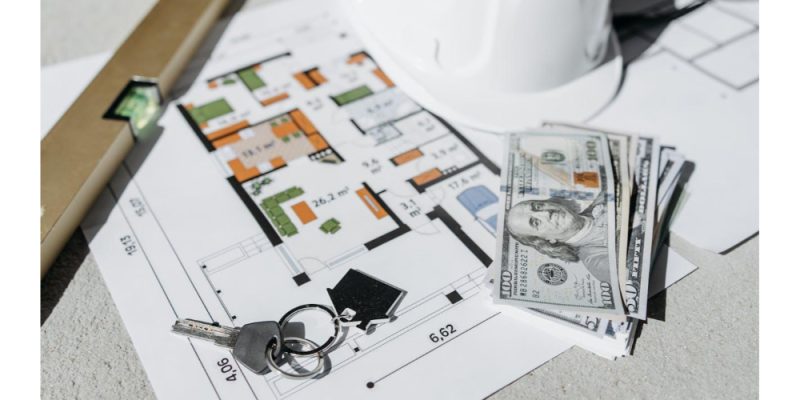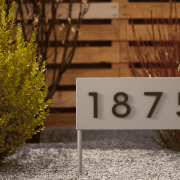Picking the right mortgage loan can feel crushing when you’re staring at the stack of paperwork. Fixed or adjustable? Stability or flexibility? Each option carries its own set of benefits and drawbacks, and what works for your neighbor might not suit your situation at all.
The decision comes down to understanding how each type functions and matching that with your personal circumstances.
What Makes Fixed-Rate Mortgages Appealing
A fixed-rate mortgage loan keeps your interest rate locked in for the entire life of the loan. Your monthly payment stays the same whether you’re in year one or year twenty-five. This predictability makes budgeting straightforward since you know exactly what to expect each month.
Most people appreciate the peace of mind that comes with consistency. When interest rates climb, your payment doesn’t budge. You’re protected from market fluctuations that could otherwise increase your costs. This stability becomes especially valuable during uncertain economic periods.
How Adjustable-Rate Mortgages Work
Adjustable-rate mortgages (ARMs) start with a lower initial interest rate that changes periodically based on market conditions. Typically, you’ll have a fixed period at the beginning, often five, seven, or ten years, before the rate starts adjusting annually.
The main draw here is those lower initial payments. You might save hundreds of dollars each month during that introductory period compared to a fixed-rate option. If you plan to sell or refinance before the adjustment period kicks in, you could benefit significantly from these savings without ever experiencing a rate increase.
Weigh Stability against Potential Savings
Fixed rates offer predictability but usually come with higher initial interest rates. You’re essentially paying a premium for that guarantee. ARMs give you lower starting payments but introduce uncertainty once the adjustment period begins.
Think about your priorities. Would you rather have consistent payments you can count on, or are you willing to accept some variability in exchange for initial savings? Your answer depends partly on how long you plan to stay in the home and what you anticipate happening with interest rates.
Look at Your Financial Picture
If your earnings fluctuate or you’re in a career transition, the predictability of fixed payments might serve you better. Adjustable rates work well when you have steady income and room in your budget to absorb potential increases.
Consider your other financial goals too. Are you aggressively paying down debt? Saving for retirement? Building an emergency fund? An ARM’s lower initial payment might free up cash for these priorities, but only if you’re disciplined about using that extra money wisely rather than increasing your lifestyle expenses.
Read the Economic Climate
Current market conditions influence which option makes more sense. When rates are historically low, locking in a fixed rate protects you from future increases. When rates are high, an ARM lets you benefit from eventual decreases without refinancing.
Pay attention to economic forecasts and Federal Reserve policies. While nobody can predict the future with certainty, understanding general trends helps you make an educated guess about where rates might head during your mortgage loan term.
Plan Your Timeline
How long do you intend to live in this home? If you’re planning to move within five to seven years, an ARM’s introductory period might perfectly align with your timeline. You’d enjoy lower payments without ever experiencing an adjustment.
Staying long term changes the calculation. A fixed rate eliminates guesswork over decades. Even if you pay slightly more initially, you avoid the risk of significantly higher payments later.












Comments